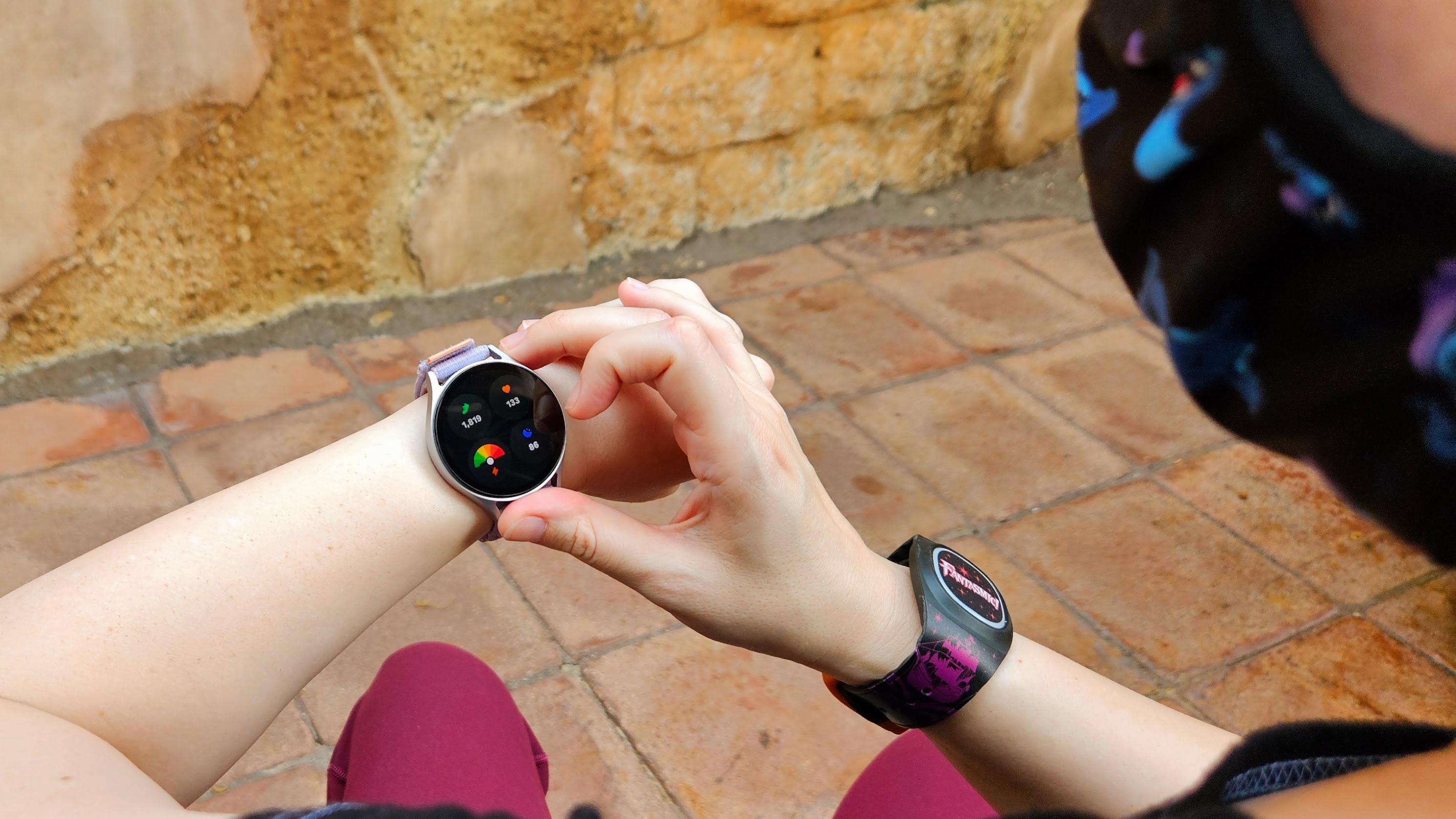Pixel phones and the Nexus line: How we got to 'Made by Google'
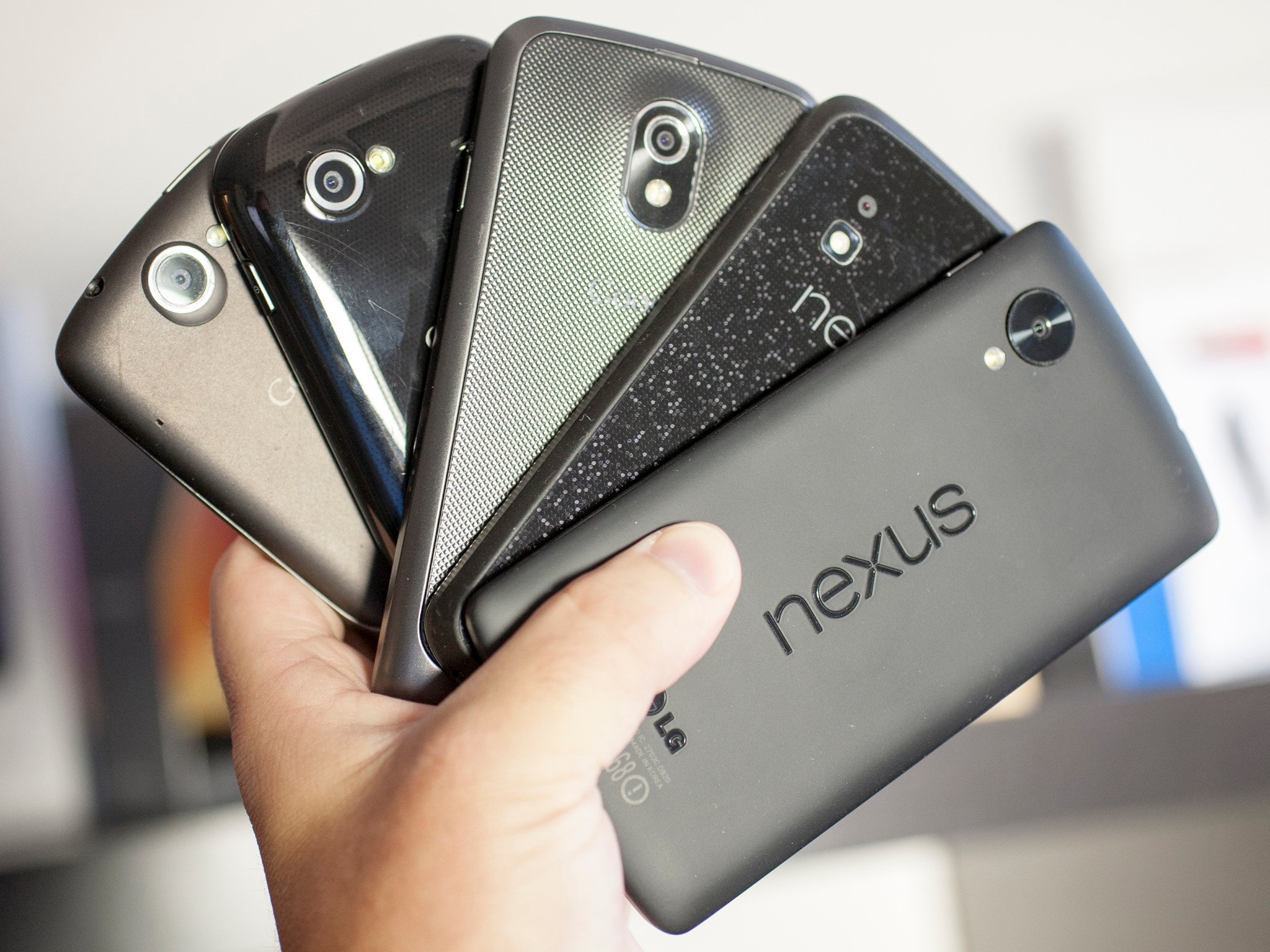
When the Pixel phones debut next week — a 5-inch Pixel and a 5.5-inch Pixel XL, if rumors are to be believed — they are going to be compared, whether Google likes it or not, to the Nexus phones that came before.
Google may be attempting a clean break from that legacy of annual Nexus refreshes, but there's only so much in a name: To many people, this will be yet another Nexus launch.
Last September was the only year Google announced two Nexus phones at once, the 5.2-inch Nexus 5X and the tall, properly massive Nexus 6P. Previous years saw, in reverse order, the 6-inch Nexus 6 (2014), the 5-inch Nexus 5 (2013), the 4.7-inch Nexus 4 (2012), the 4.7-inch Galaxy Nexus (2011), the 4-inch Nexus S (late-2010), and the 3.7-inch Nexus One (early-2010).
Each of these phones has a core set of loyal fans, nostalgic for something or other, be it the compact size of Samsung's plastic Nexus S, or the shimmering glass back of the Nexus 4. Let's go through them one by one and have some fun.
Nexus One — early 2010
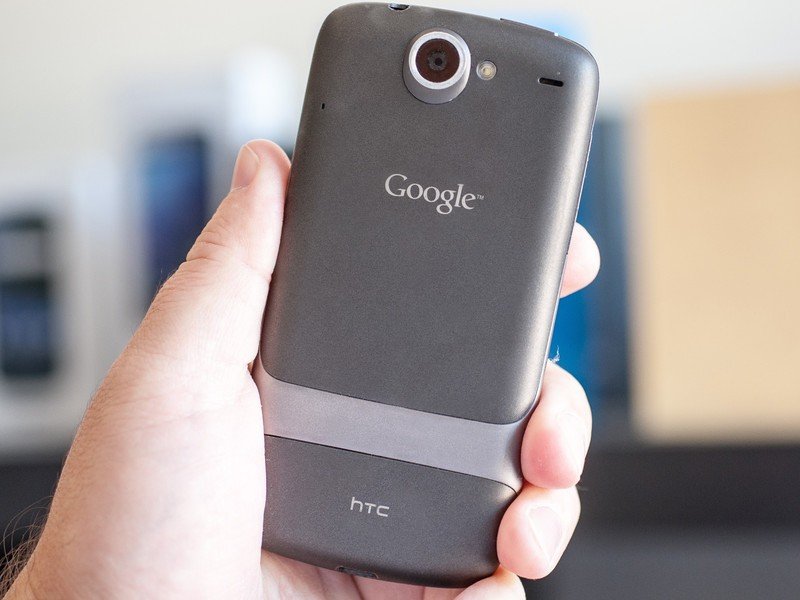
The OG, the Nexus One was my first Android phone, and such a beast. Rocking Android 2.1 Eclair, its 3.7-inch display was kind of terrible, but it felt so fast and fluid — and it came in this amazing box.
The Nexus One had a colored trackball, one of the most endearing parts of the phone.
More than anything, the Nexus One was a phone for developers. I wasn't — though I rooted the heck out of it — but the Nexus One felt to me like a blank slate, a phone on which you could do anything. It wasn't too far removed from the HTC HD2, which started its life as a Windows Mobile device but, even to this day, is used as proof that with enough patience you can basically keep a phone alive forever.
The Nexus One also had that colored trackball, a holdover from the early days of Android, and one of the most endearing parts of the phone. If the Pixel line brings anything unique to the table, I would love the phones to acknowledge the original HTC Nexus phone in some way.
Be an expert in 5 minutes
Get the latest news from Android Central, your trusted companion in the world of Android
Nexus S — late 2010
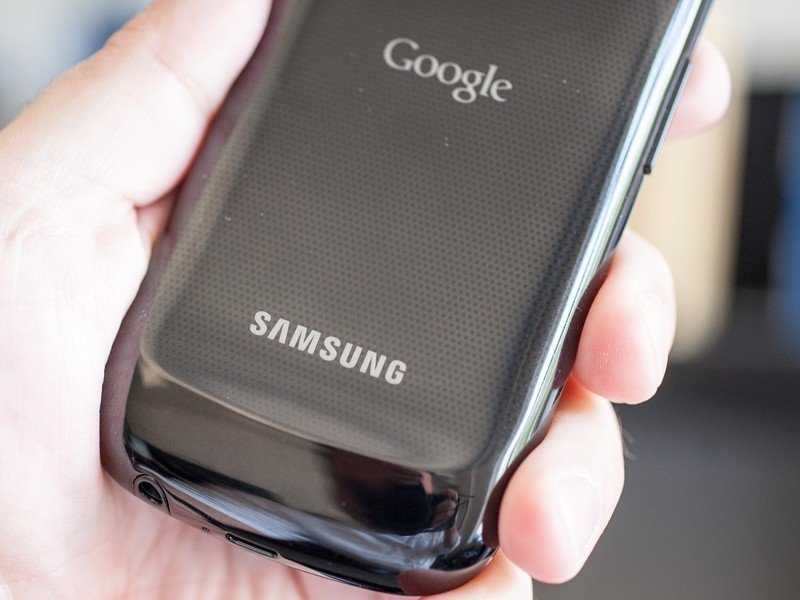
After the botched e-commerce launch of the Nexus One, Google stormed back 11 months later with the Samsung-built Nexus S. It was, for all intents and purposes, a reworked Galaxy S (not unlike the Nexus One, which was a retooled Desire), and judging by the screen alone it was worth the upgrade.
This is where the Nexus line got a bit more consumer-friendly, in my opinion. The camera was usable in more situations, the screen was huge for the time, and the interface, running Android 2.3 Gingerbread, was absolutely fluid. And those Live Wallpapers.
I still have a Nexus S kicking around somewhere, and I take it out every once in a while to snap myself back to reality, to reaffirm just how far this industry — and the Nexus line itself — has come.
Galaxy Nexus — 2011
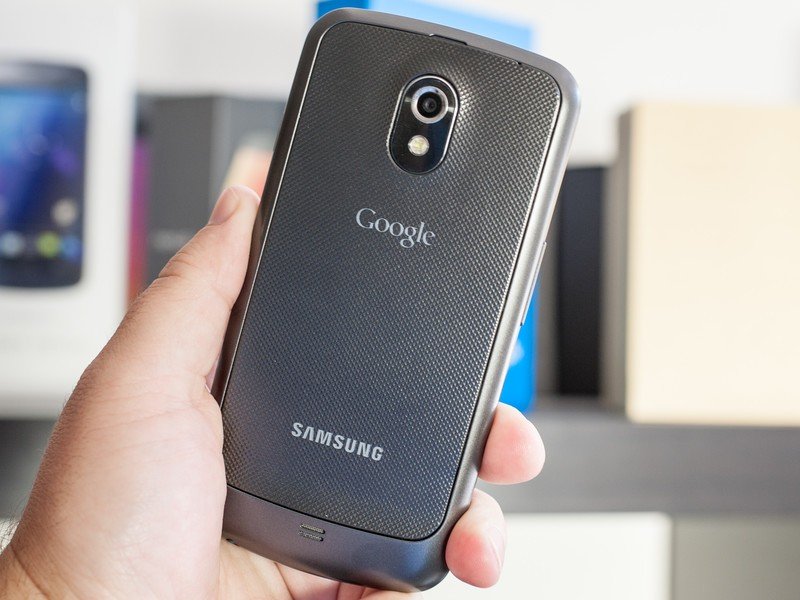
The less I say about this one the better, for fear of Verizon customers storming the barricades. There were so many problems with this phone, from connectivity issues to the fact that Google didn't actually oversee updates to the phone (on the Verizon/Sprint models), that some would choose to forget Samsung's second Nexus device actually existed at all.
But once Google got around to selling the phone directly from its newly-minted online store, in the form of an unlocked HSPA+ model, everything was quite different, and Americans got to experience the phone that we in Canada, and many in the rest of the world, had been enjoying since late 2011.
The Galaxy Nexus was a big phone for 2011, with an ever-so-subtle curve that portended Samsung's eventual commitment to all things edge.
The Galaxy Nexus was a big phone for 2011, with an ever-so-subtle curve that portended Samsung's eventual commitment to all things edge. It was also a bit of an industry anomaly, featuring a dual-core Texas Instruments processor that would soon stop being supported, and, on the Verizon model, one of the first to support LTE — which brought along terrible battery and inconsistent signal.
I can't say I loved the Galaxy Nexus in my time with it: the phone was marred by a number of software issues that came along with Google's biggest-at-the-time Android release, Ice Cream Sandwich. It took until mid-2012 and the release of Android 4.1 Jelly Bean for many of the major bugs to get resolved.
But the Galaxy Nexus also brought the Nexus program forward a considerable amount. It had enormous carrier support in many countries; it had a large HD display; it supported LTE, a burgeoning technology at the time; and it ran Android 4.0, which introduced the Holo design language, on-screen buttons, the deprecation of the physical menu button, and so much more. Android couldn't be where it is today without the Galaxy Nexus.
Nexus 4 — 2012
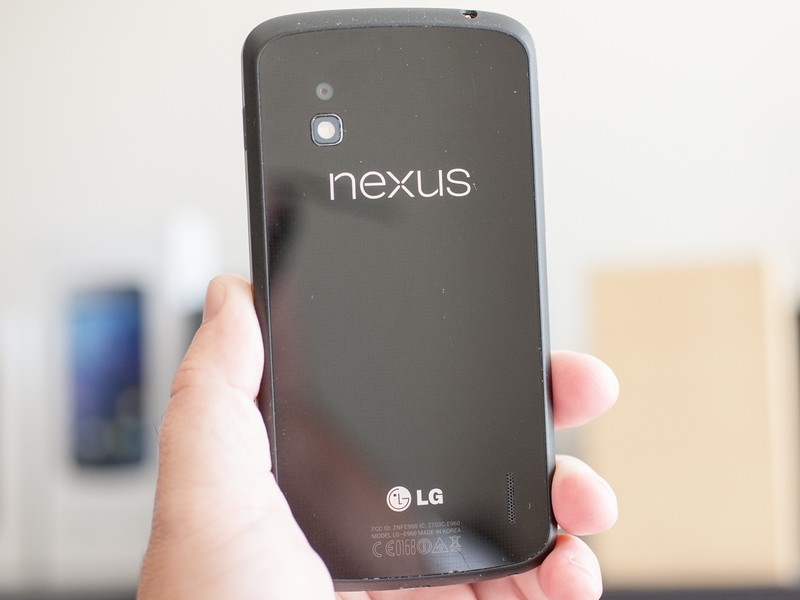
The Nexus 4 is still one of my favorite Android phones ever. As the Nexus S was to the Nexus One — a mature, polished successor to a very forward-looking, flawed original — the Nexus 4 was to the Galaxy Nexus.
The Nexus 4 was awesome: it felt fast, had a great screen, and felt amazing in the hand.
Shipping with Android 4.2 Jelly Bean, Google had by then figured out many of the issues with the Holo design, and the Nexus line was beginning to feel more like a predictable project, less fraught with problems.
The Nexus 4 was awesome: it felt fast, had a great screen, and felt amazing in the hand. It had two fundamental flaws, but they could be overlooked at the time: it lacked LTE, and its camera was kind of terrible. OK, it was fully terrible.
Still, starting at $299 for the 8GB model, sold directly from Google, unlocked and unmarred by carrier interference, the Nexus 4 felt like an Android fan's dream phone. Sure, the rear glass cracked if you looked at it sideways, but man was it a heck of a looker.
Nexus 5 — 2013
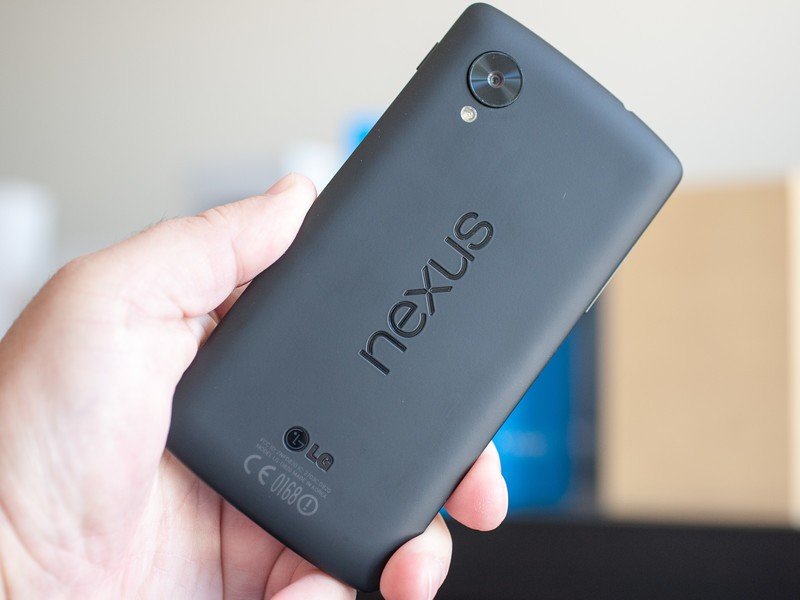
This was the phone that everyone appeared to love at the time, and has since grown to hate. The phone was, as Alex Dobie writes, "a boring plastic nothing with bad battery life and a temperamental camera," but at $349 it was by far the best value for an LTE phone you could find in late 2013.
It also ran Android 4.4 KitKat, which to this day is an underrated upgrade. The last of the Holo versions, KitKat introduced the Google Now Launcher, HDR+, and a whole bunch of other subtle improvements.
Nexus 5: "A boring plastic nothing with bad battery life and a temperamental camera."
Unfortunately, the Nexus 5 will likely be remembered more for its terrible battery life than anything else; I don't think I ever got past 5pm on that thing. And that camera — it may have been better than the Nexus 4, but only barely, and that was a pretty low bar to climb. Still, the Nexus 5 sold buckets, and proved, like the Nexus S, to be a tremendous commercial success. Indeed, while we don't know the exact numbers sold, it's believed to be the best-selling Nexus device by an enormous margin, since you couldn't find anything that matched its price to performance value.
Nexus 6 — 2014
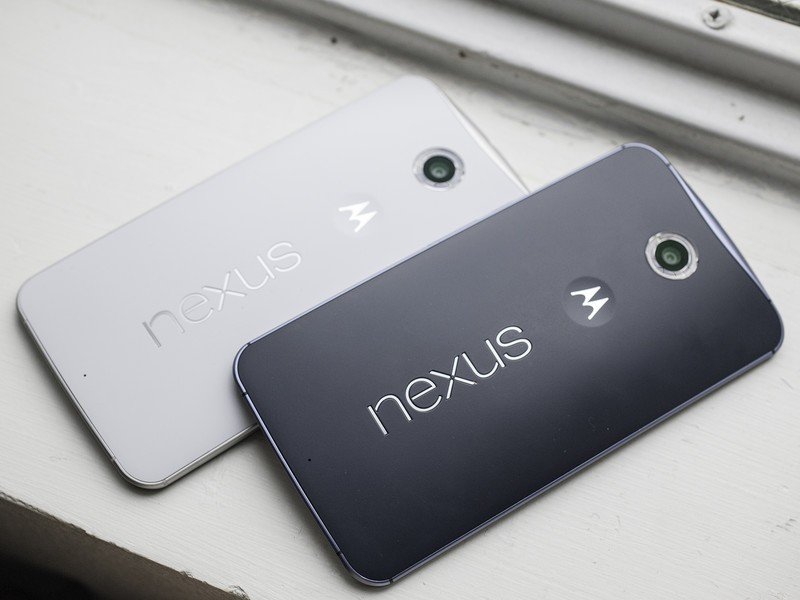
What can we say about the Nexus 6? It was big. Massive. Stupid large. It was the first phone to ship with Android 5.0 Lollipop, and all the problems the new version brought with it. Material Design looked good, but this giant Moto X was too big for most people to use. It was also nearly double the cost of the Nexus 5, a reality that hit the hardcore Nexus community really hard.
The Nexus 6 represents the moment Google reasserted the Nexus as a premium product, meant less to undercut other Android flagships and promote competition than to stand on its own as a really great device. Unfortunately, even with its powerful specs, the Nexus 6 failed to live up to expectations. Battery life was disappointing given its massive 3,220mAh cell. The 13MP rear camera sensor, even with HDR+ and optical image stabilization, struggled in low light. The phone was a mess of contradictions, made even worse by the fact that Samsung had just released the staggeringly improved Galaxy Note 4.
Prior to the Nexus 6, I liked every Nexus phone to some degree. In 2014, I decided to skip a generation.
Nexus 5X and 6P — 2015
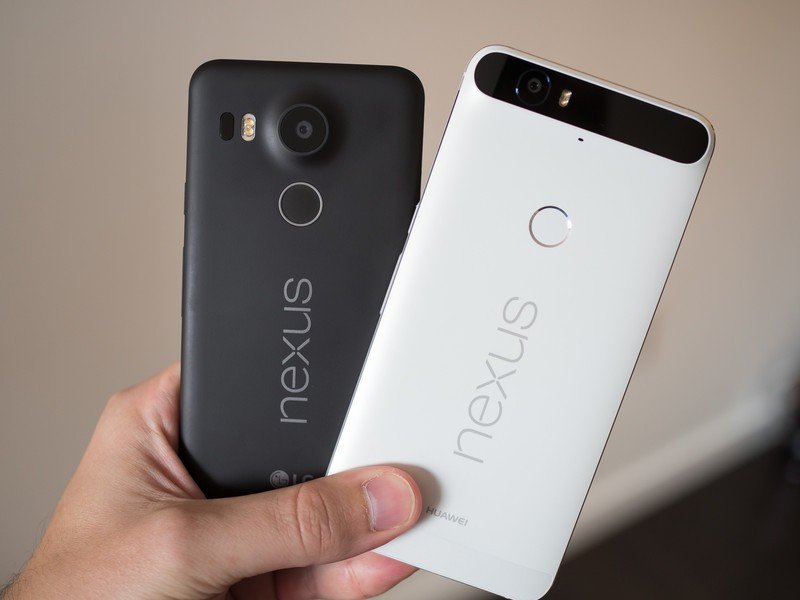
The 2015 Nexus phones were — are— great. Both of them. The smaller 5.2-inch Nexus 5X may have had some performance issues well into its lifespan, but it was a worthy successor to the ultra-popular Nexus 5, and brought the entry price back down to a more palatable $379. I never spent enough time with the Nexus 5X to form a comprehensive opinion of it, but I really enjoyed it for the week or so I had it in my pocket last December. LG really nailed it.
The Nexus 6P is undoubtedly the best Nexus phone ever made.
The Nexus 6P is, despite being a bit too tall for my liking, undoubtedly the best Nexus phone ever made, and a candidate for one of the best smartphones ever made, too. In my opinion, of course. It's one of the only Nexus devices with few, if any, compromises — you can argue its lack of optical image stabilization is problematic, but I find it rarely gets in the way of a great photo — and is one of Huawei's strongest showings to date.
Both the Nexus 5X and 6P feel easy to some extent: easy to use, with Android 6.0 on board at launch, and easy to recommend. Even the $499 tag seems reasonable after the previous year's absurd asking price. And both phones are even better now running Android 7.0 Nougat. Google did well with its partners in 2015.
Pixel phones — 2016
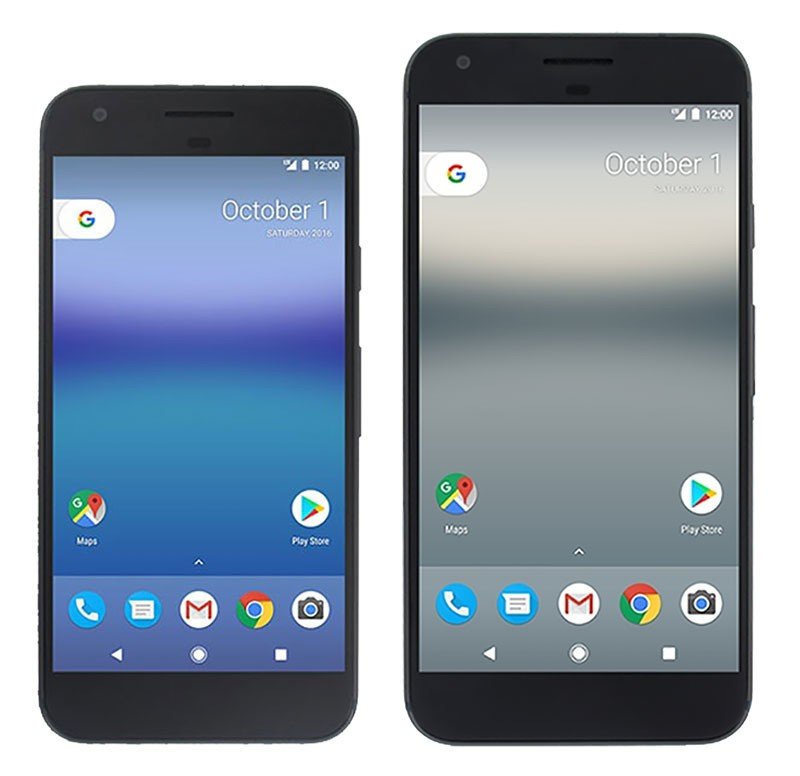
So now we come to the Pixel phones, two seemingly-identical devices that will attempt to justify starting price points of $649, if rumors are to be believed. If you look back at the history of the Nexus line, no phone has been able to walk into a plus-$600 market and succeed commercially; the Nexus S, at $529, came close, but that was a very different time.
Google's Pixels will compete in a highly saturated high-end market.
And while it's easy enough for us to say that the Pixel phones should be priced lower in order to succeed, there are so many variables we just haven't considered. What will carrier support be like — we know at least Verizon will offer one or both of them on financing — and what does Google have up its sleeve to differentiate them from other Android devices in that tier? A few software tweaks — redesigned launcher with rounded icons, new navigation buttons, and so on — won't be enough, and specs alone can't win any arguments in the highly-competitive Android space these days.
The $650 market is saturated as it is, with Samsung's Galaxy S7 line dominant in ways we couldn't have imagined back when the Nexus S and Galaxy Nexus debuted. And in the $350-$400 space, where the Nexus 4 and Nexus 5 rested so comfortably, objectively great products from OnePlus, ZTE, Honor, Alcatel and Motorola fit the bill.
In some ways I hope Hiroshi Lockheimer isn't hyperbolizing the notion that someday we will remember October 4, 2016 as fondly as we reminisce about the debut of Android itself, since the Pixel phones have a huge legacy of beautiful, flawed, complicated products behind them.
It's also why I hope the Pixel phones in some way resemble the Nexus One, since the idea of Google starting from scratch to build something amazing is what made us yearn for the new Nexus year after year.
Daniel Bader was a former Android Central Editor-in-Chief and Executive Editor for iMore and Windows Central.

